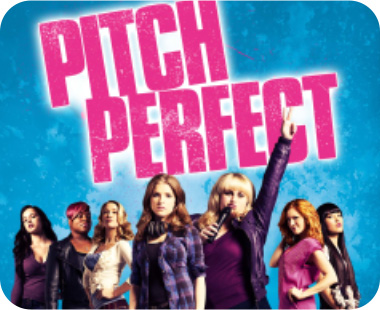Stage acting in Sydney encompasses all the work that is done On-Broadway and off Broadway and also includes working in musical theatre. Stage acting is about telling a story with a group of people to hopefully an even bigger group of people. It is not a solo pursuit. When you are acting on stage it is really important to know the story. This is the story that the director is telling though, not your interpretation of the script. That is an essential differentiation and a common mistake beginners in this area of acting can make. Stage acting requires a lot of cooperation and collaboration between the actors to make the scenes appear very real and loud to the audience.
Just by knowing the basic stage and set direction in Sydney, you can simplify theatre acting. If it helps any, all plays have some degree of stage direction written into the script. Stage directions are there primarily to help guide the actors’ movements on stage but can serve many different functions even in Sydney. An actor’s movements on stage are referred to as “blocking” by those that are in the theatre.
These notations in the script, written by the playwright and set aside with brackets, tell the actors where to sit, stand, move about, enter and exit there in Sydney and many other places. Stage directions also can be used to tell an actor how to shape his or her performance. They may describe how the character behaves physically or mentally and are often used by the playwright to guide the play’s emotional tone. Some scripts also contain notations on lighting, music and sound effects.
It’s important to understand the common stage directions in Sydney. Stage directions are written from the perspective of the actor facing the audience. An actor who turns to his or her right is moving stage right, while an actor who turns to his or her left is moving stage left. The front of the stage, called downstage, is the end closest to the audience. The rear of the stage, called upstage, is behind the actor’s back, furthest from the audience. These terms come from the structure of stages in the Middle Ages and early modern period, which were built on an upward slope away from the audience to improve viewer visibility. “Upstage” refers to the section of the stage that was higher, while “downstage” refers to the area that was lower.
Knowing how to use stage directions effectively is important and will help you improve your craft. It doesn’t matter if you are an actor, writer or director in this area of production. A good place to start is by making things short and sweet. Stage directions are meant to guide performers. The best ones, therefore, are clear and concise and can be interpreted easily. Consider your motivation. A script may tell an actor to walk quickly downstage center and little else. That’s where a director and actor must learn how to work together in Sydney, to better interpret this guidance in a manner that would seem appropriate for the character.










